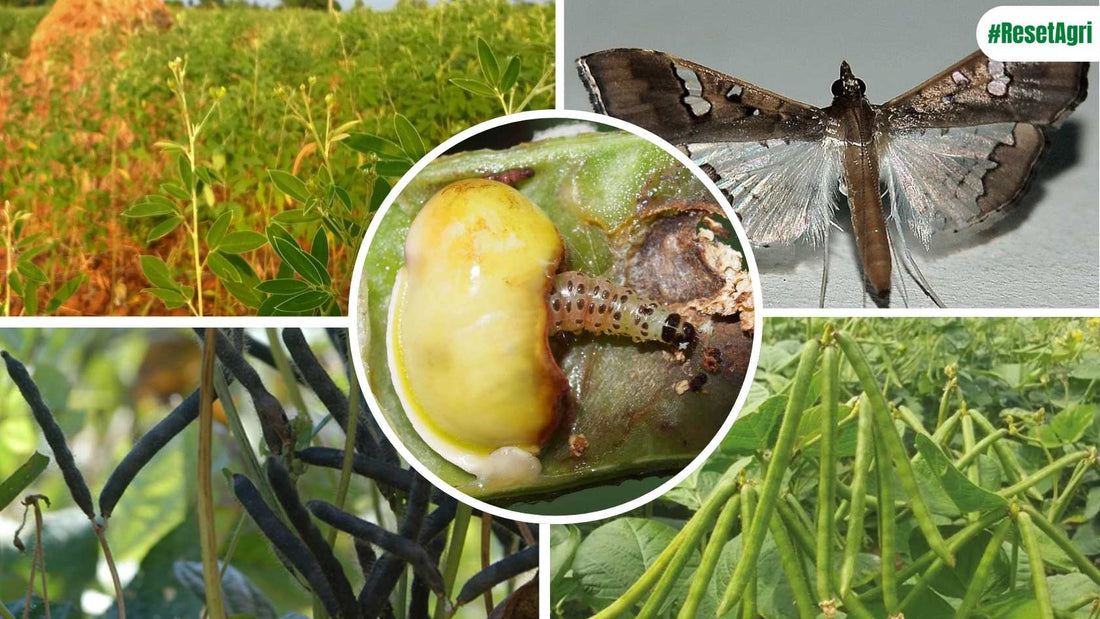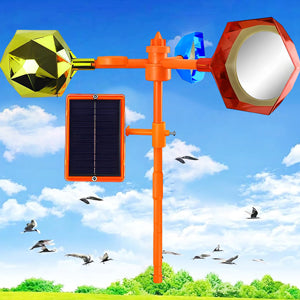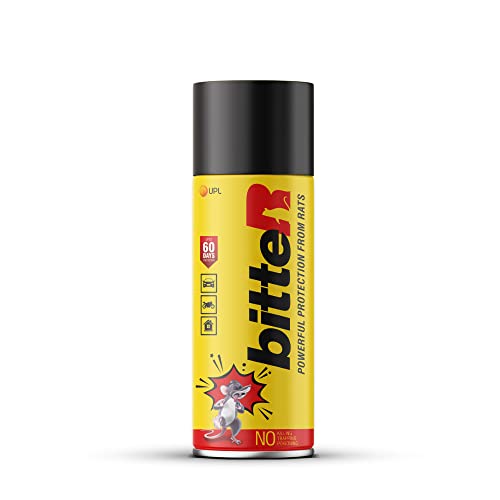
Battling the Bean Bandit: A Comprehensive Guide to Controlling Maruca Vitrata
Share
The legume pod borer, Maruca vitrata, strikes fear in the hearts of bean farmers worldwide. In Hindi it is popularly known as falli chhedak (फल्ली छेदक). This sneaky pest burrows into pods, ruining precious crops of beans, cowpea, pigeon pea, and green gram. But fear not, fellow farmers! ResetAgri.in equips you with the knowledge and strategies to combat Maruca vitrata and protect your harvest.
Understanding the Enemy: The Life Cycle of Maruca Vitrata
Maruca vitrata's rapid reproduction cycle fuels its destructive potential. Here's a breakdown of its life stages:
- Egg: The adult female lays tiny, translucent eggs on leaves, flowers, or pods. These hatch within a few days.
- Larva: The most damaging stage. These hungry caterpillars burrow into pods and devour developing seeds. They grow through several molts before reaching maturity. The larval stage lasts 9 to 21 days.
- Pupa: The full-grown larva spins a cocoon and pupates inside the pod or in the soil. This stage lasts 7 to 10 days.
- Adult: The adult moth emerges – typically brown or grayish with darker markings. They are nocturnal and lay eggs at night. Their lifespan is short, just a few days.
The entire cycle can take as little as 30 days under ideal conditions, allowing for multiple devastating generations per year.
The rapid reproduction cycle of Maruca vitrata demonstrates a principle of exponential growth. Here's how:
- Short Life Cycle: As mentioned earlier, Maruca vitrata can complete its life cycle in as little as 30 days. This means a new generation of egg-laying adults can emerge very quickly.
- High Fecundity: Female Maruca vitrata moths can lay a large number of eggs, sometimes hundreds.
- Multiple Generations: With favorable conditions, Maruca vitrata can have multiple generations per year.
These factors combine to create a situation where the pest population can increase very rapidly. Each new generation adds to the total number of adults that can reproduce, leading to a population explosion over time
Forecasting the Foe: Predicting Maruca Vitrata Infestations
While predicting an infestation with absolute certainty is challenging, these strategies can help you stay ahead of the curve:
- Historical Data: Track past occurrences in your area. If Maruca vitrata has been a problem, be extra vigilant during those times.
- Weather Watch: These pests thrive in warm, humid conditions. Be on high alert during these periods, especially after mild winters.
- Crop Scouting: Regularly inspect your crops for signs of damage: holes in leaves and pods, and the presence of eggs or larvae. Focus on field edges, often the first areas attacked.
- Community Communication: Talk to fellow farmers! Sharing information about pest sightings can help you stay informed about potential outbreaks.
Prevention is Key: Sustainable Strategies for Maruca Vitrata Control
Chemical pesticides can be tempting, but they have drawbacks:
- Resistance: Over time, pests develop resistance, rendering the chemicals ineffective.
- Beneficial Bug Blues: Chemicals often harm good insects that prey on Maruca vitrata, disrupting the natural ecosystem.
- Environmental Impact: Pesticides can pollute water sources and harm the environment.
Here are some eco-friendly alternatives:
- Natural Enemies: Introduce beneficial insects like ladybugs and wasps that prey on Maruca vitrata eggs and larvae.
- Crop Rotation: Don't plant legumes in the same field year after year. This disrupts the pest's breeding cycle.
- Till After Harvest: Plowing your fields after harvest buries and destroys pupae hiding in the soil.
- Early Planting: A head start for your crops can help them mature before the peak Maruca vitrata population emerges.
For Situations of High Infestation: Organic and Reduced-Risk Pesticides
If prevention isn't enough, consider these options:
- Neem-based Insecticides: Derived from the neem tree, these are a natural option with insecticidal properties.
- Biological Insecticides: These contain beneficial bacteria or fungi that kill Maruca vitrata larvae. Certain beneficial bacteria like Bacillus thuringiensis (Bt) are toxic to insect larvae and moths.
- Fungi like Beauveria bassiana are known to parasitize and kill Maruca vitara.
- Reduced-Risk Chemical Pesticides: If absolutely necessary, opt for targeted pesticides that are less harmful to beneficial insects and the environment. Always follow application instructions carefully.
- Chlorantraniliprole 18.5% SC being sold as COSKO - PII, Cover- Dhanuka, Coragen - FMC, Shimo - IFFCO
- Novaluron 5.25 % + Emamectin benzoate 0.9% SC Expert Plus - HPM, Gunther - UPL, Aakramak - katayayani, Mastery - Best Agrolife, Medad - Parijat, Barazide - Adama
Pheromone traps aren't mentioned as an effective control method for Maruca vitrata, and there's a good reason for that. Pheromone traps typically lure male insects with a synthetic version of the female sex pheromone. This disrupts mating and reduces pest populations.
Here's why pheromone traps might not be ideal for Maruca vitrata:
- Science Still Figuring It Out: Researchers are still investigating the sex pheromones of Maruca vitrata. While some studies have identified potential pheromones, a reliable lure for large-scale trapping may not be available yet.
- Polygamous Pests: Maruca vitrata females are known to be polygynous, meaning they mate with multiple males. Pheromone traps targeting males might not significantly reduce the overall population if females can still reproduce with multiple partners.
ResetAgri.in has set its eye on this technology and we shall let you know if efficient pheromones are available for controlling Maruca vitara.
Remember:
- Integrated Pest Management (IPM): Combine multiple control methods for the best results.
- Seek Expert Advice: Consult your local agricultural extension office or university for guidance on specific control measures in your region.
By employing these strategies, you can effectively manage Maruca vitrata populations and ensure a bountiful harvest. Together, let's keep these "bean bandits" at bay and protect our crops for a sustainable future!















